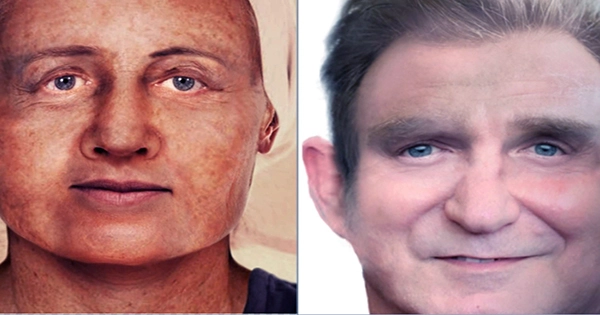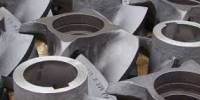Now, using 3D scans and forensic methods, the faces of a young medieval woman, a priest with a round face, and a man with a cleft palate have been digitally recreated. Even 3D animations of their faces have been created with the intention of bringing people a little bit closer to Scottish history.
Three people’s faces were among the numerous bodies and artifacts found during excavations near Whithorn in Dumfries and Galloway, in the western Southern Uplands.
At the remains of a medieval cathedral and priory, approximately 52,000 objects, including gold and silver jewelry that was interred with some of the deceased, and at least 28 tombs ranging from the eleventh to the fourteenth centuries were found.
This enormous collection of bones and artifacts has recently been used by a team from the National Museums Scotland, Whithorn Trust, and the University of Bradford to reconstruct the lives of some of the lost individuals interred here.
You may watch a video of the young woman’s digital recreation in the movie above.
Dr. Christopher Rynn, a forensic artist, and craniofacial anthropologist rebuilt the three faces using forensic techniques and 3D images.
Dr. Rynn noted in a statement that this involves the utilization of facial soft tissue depths, uniquely molded muscles to match each skull, and scientific ways of estimating each facial feature, such as the eyes, nose, mouth, and ears, from skull morphology.
The researchers also displayed the face of a guy who had a cleft palate, a split in the roof of the mouth that happens when the tissue doesn’t fuse together during development in the womb, together with the face of the young woman, about whom very little is known.
Although this enigmatic man was interred among the bishops, he wasn’t dressed in a manner that would have suggested he belonged to this social class. Additionally, a bone analysis revealed that he did not consume the same amount of fish as the bishops did. They speculate that he might simply have been a priest without the same privileges as a bishop.
Bishop Walter of Whithorn is included in the third reconstruction; he passed away in 1235 CE. His wooden crozier and gold finger ring clearly indicated his standing as a bishop, and his skeletal bones proved that he was not a native of Whithorn. The fact that he was described in the bones as a “portly guy” who enjoyed eating fish further indicates his high social rank.
It can be difficult to understand what life was truly like during the Middle Ages, but these reconstructions are an excellent way to interact with these historical figures and learn about their daily routines, aspirations, and beliefs.
During the recent weekend’s “Bishops, Bones and Burials” event at the Wigtown Book Festival, all of this art was displayed.
















